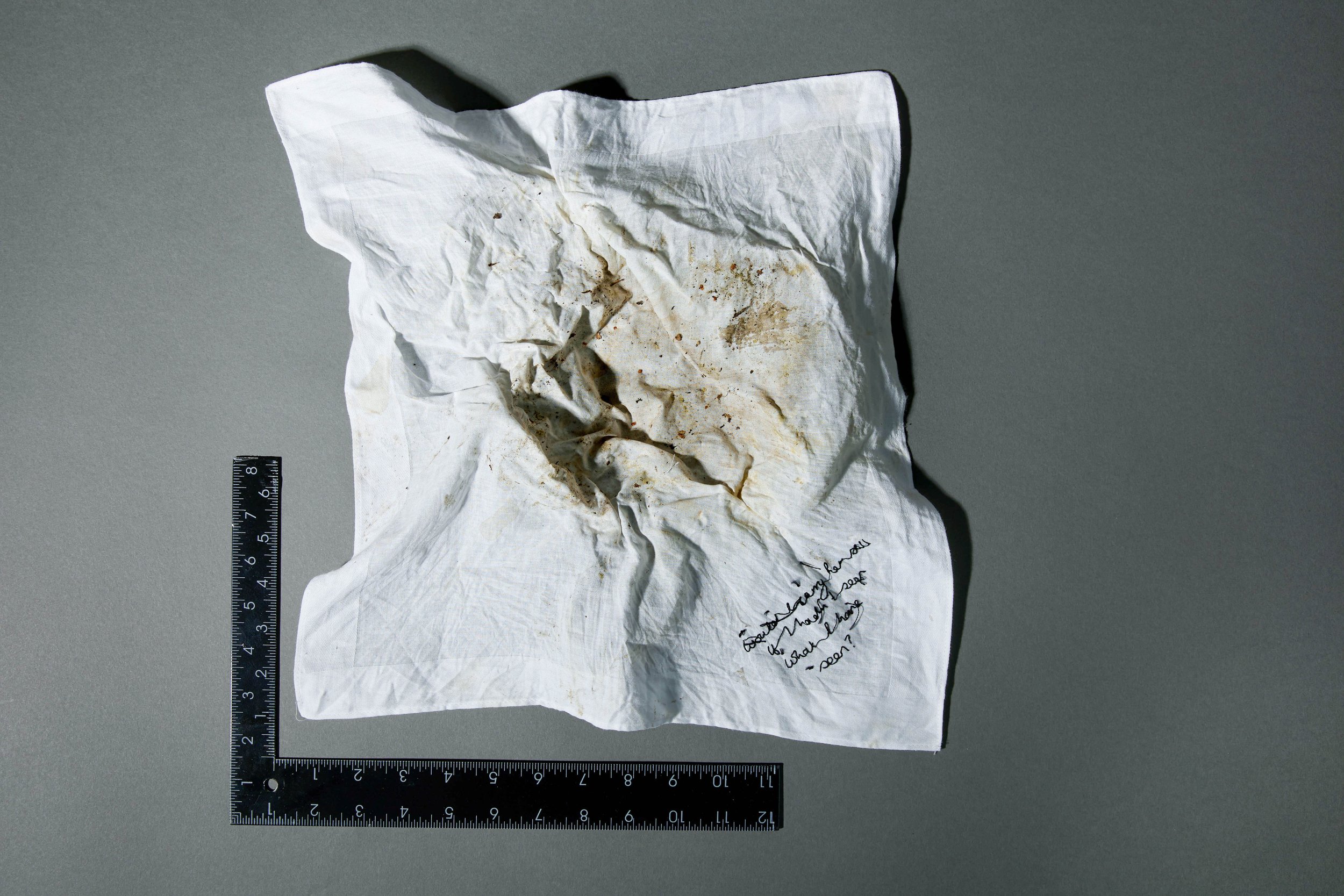2. Would I carry her still if I had not seen what I have seen?
Part 2 of the “Therapeutic” series of essays
“Would I carry her still if I had not seen what I have seen?”, part of the Therapeutic series 2022, UV printed on foamex, 60cm x 90cm x 0.3cm
You look so much like me – although your eyes are green and not blue. And they sparkle with life, with a joy just below the surface that is always about to break through. When I was a child, my eyes rarely met those of the people around me. In my first school photo, I look at the camera, but the smile is hesitant, my body curled slightly, protective, unwilling to open out. I was good at disappearing. Into books, into making and drawing. I could hide well.
I cannot help but compare us as your first school photos appear – a set of mischievous grimaces that I collage in a series and put up on the wall. I laugh out loud every time I look at them. Your vibrancy is infectious, my child. But even its power can’t reach the child within me, the one I carry still. Sometimes she feels as light as a feather, but I am always aware of her presence. There have been periods of my life when her weight pinned me down, inescapable, wallowing in self-pity and grief. I would like to let her go but we are tethered, she and I. What could I have been if she had not lived through the bad things? If her eyes had been as full of light as yours? Perhaps I would not be me at all, and perhaps you would not be you.
Sewing is one of the only records of the lived experiences of women that has survived the ravages of time and patriarchy. Stories considered not worthy of telling, that would have been lost, articulated through delicate needlework, subversive design, skills passed down through generations of women. When I sit and sew the handkerchief, I connect to those lost stories, to a history that would otherwise have been erased.
The handkerchief moves with the breeze in my studio. It does not resist the piercing from my needle, the thread drawn through. There is so little movement required in my making. The rhythmic to and fro of my hand, the meditative quiet. I sit in commune with my sisters before me, with the woman-child within me.
The status of embroidery was a victim of the system of repression that marginalised women, devaluing their artistic output as domestic craft. It became a form of repression, a distraction for wealthy idle hands that could not work, and heads that were not permitted education. I think of the words that I stitch. Questions that have repressed my growth, distractions from my healing.
I wonder if, even in their darkness, they are love notes.

